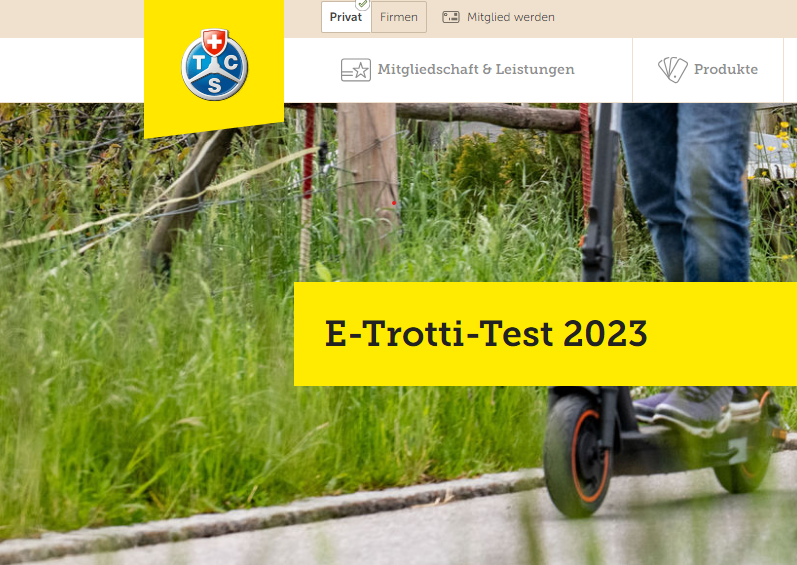It's almost that time again - the cold season is just around the corner. What does this mean for you and your e-scooter?
In principle, it is possible to continue riding an e-scooter in winter. However, there are a few important points that you should keep in mind so that you can enjoy your VMAX for as long as possible.
What should you pay attention to?
- Always make sure that your VMAX is not is exposed to sub-zero temperatures for a long period of time. These can permanently damage the battery and motor
- Do not charge your VMAX when it is cold
- Try to avoid mud and snow as much as possible. This can get stuck in the tires and cause damage to the tires E-scooters care for
- You should also note that at low temperatures there is a higher energy requirement and the range can therefore be shorter e.g in summer
- Last but not least, always pay attention to the road and try to avoid slippery passages
5 tips for safety in winter
Since the days are shorter in winter, good lighting is essential. Make sure your VMAX's front and rear lights are working properly. Reflectors and bright, highly visible clothing increase your visibility in traffic and minimize the risk of accidents.
Make sure your VMAX is in perfect condition. Check brakes, tires, lights and battery level regularly. Cold weather can affect battery performance, so make sure it is sufficiently charged before you set off.
To reduce the strain on the battery, do not charge it when it is cold. When returning from a winter ride, leave the scooter warm for at least half an hour before connecting the charger. This way you can increase the lifespan of your battery.
The right tires are particularly important in winter. Make sure your e-scooter's tires have enough tread to grip on slippery roads.
Especially in cold months, the roads can quickly become slippery. Brake gently and evenly to prevent the wheels from locking and therefore slipping.
Do e-scooters wear out faster in winter?
No, e-scooters do not necessarily wear out faster in winter. In fact, there are a few reasons why, under certain circumstances, they may actually wear less in the winter.
During the winter months there is often less dust and dirt on the streets as the rain and snow keep the surfaces cleaner. Less dirt means less wear on the wheels and drive system.
While cold weather in winter can pose a challenge to the battery, temperatures are typically not as extreme as heat in summer. High temperatures can place greater strain on the battery and other electronic components.
However, it is important to note that salt and dirt on the roads used to melt snow and ice can still affect the e-scooter and its components. Therefore, it is advisable to regularly clean your VMAX and check for possible damage to ensure that it is functioning properly.
Hibernation for your VMAX?
You want your VMAX Would you rather send him into his well-deserved hibernation? - No problem. With the following steps we will explain to you how best to store your e-scooter.
- Charge the battery to approx. 60% before storage
- Repeat this process at least every time during storage and when not in use four weeks
- Protect your VMAX from dust and other external influences by storing it in its original packaging, for example
- Place it in a covered and dry place
Hypothermia can cause damage to the battery and motor!
Our conclusion
There are a few things to consider in winter when it comes to using your VMAX safely and reliably. The good news is that e-scooters don't necessarily wear out faster in winter. In fact, there are a few reasons why they may even show less wear and tear this time of year.
It is important to follow a few basic rules to extend the life of your e-scooter in winter. Avoid freezing temperatures, protect your VMAX from mud and snow, make sure it is sufficiently charged and pay attention to road conditions. In addition, good lighting and caring for your e-scooter are crucial to ensure you travel safely and worry-free.
If you still prefer to send your VMAX into hibernation, follow the recommended storage steps to protect the battery and motor. This way you can ensure that your VMAX is ready for use again next season.









